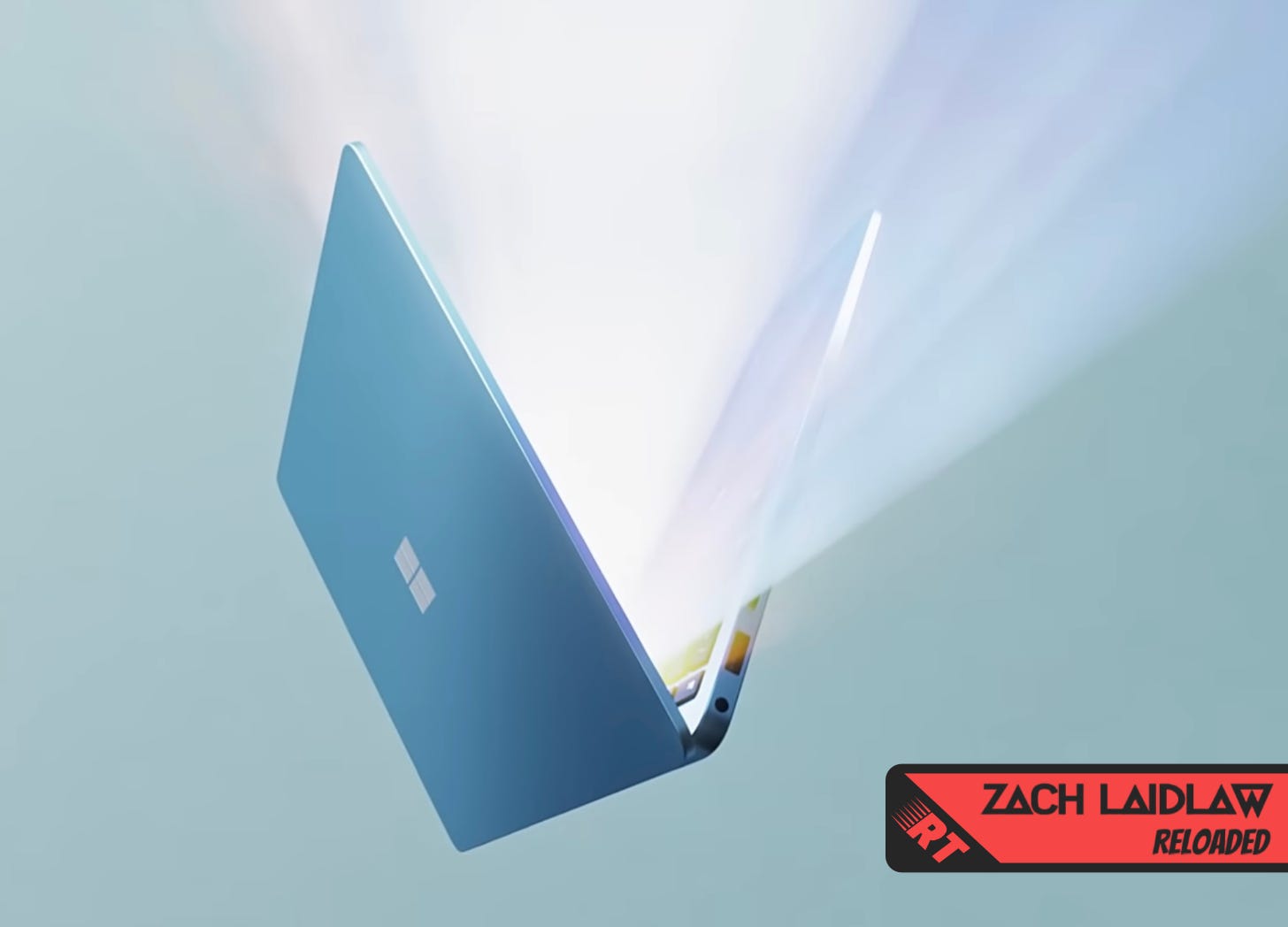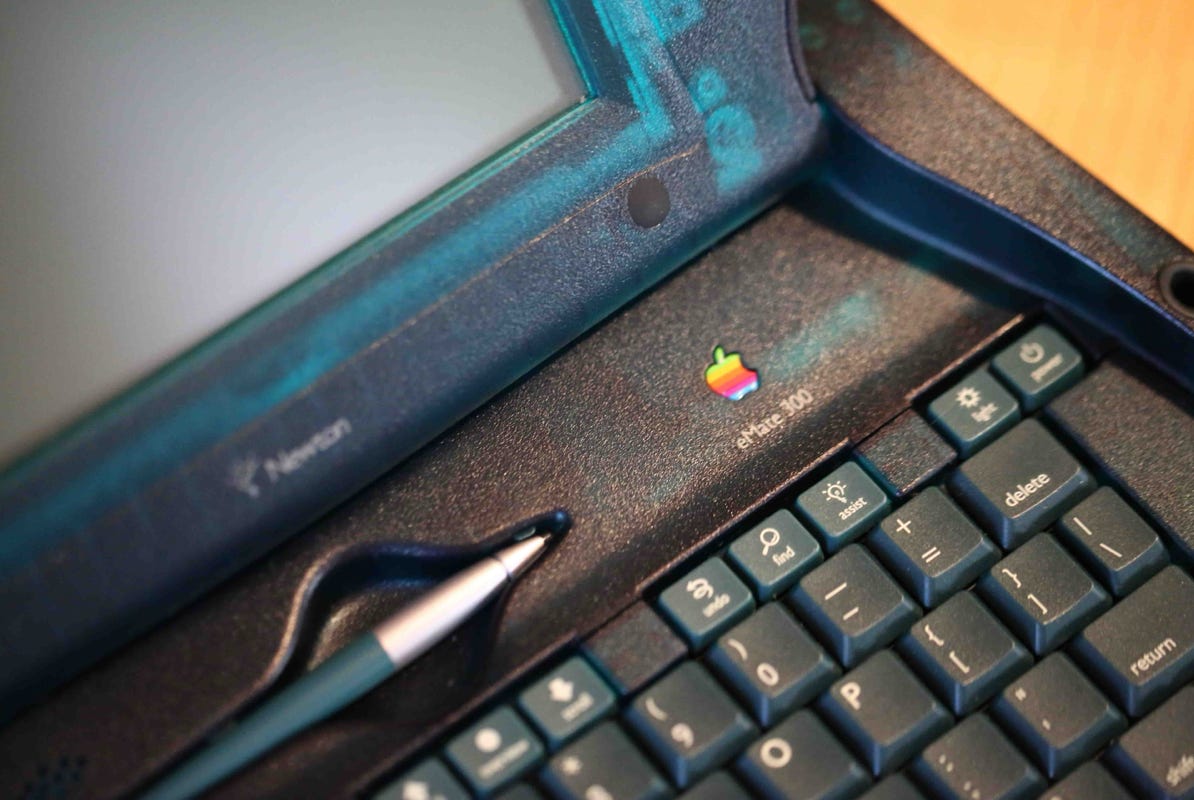In a constantly evolving technological landscape, the clash between Arm and Intel is redefining the boundaries of innovation. While Arm has established itself as a major player in the world of chipsets, its bold move to acquire part of Intel’s business brings to mind the shadow of the Newton, a visionary yet ultimately failed project. This saga of semiconductors highlights the enduring influence of historical choices, while also emphasizing the unexpected collaboration between electronics giants and the rise of ARM architectures in our everyday devices. The past, so often revisited, resonates poignantly with today’s ambitions.
🔥 Nous recommandons Caspio
Créez facilement des applications qui répondent aux besoins de votre entreprise avec Caspio. Pour une fraction du prix et du temps nécessaires pour des solutions traditionnelles, l’offre low-code de Caspio permet de créer des applications de tout niveau de complexité grâce à l’IA.
In a rapidly changing technological world, Arm‘s interest in a portion of Intel‘s chip business illustrates the radical transformation of the industry, mainly driven by the need for mobility and productivity. From the outset, Apple embraced ARM for its iPhones, even collaborating with the company to create the processor for its PDA, the Newton, which, despite its commercial failure, paved the way for other innovations. Today, ARM processors are ubiquitous in our portable devices, affirming their legitimacy in a field where, in the 80s, their technology was still considered controversial. With the transition of Mac to ARM beginning in 2020, it seems that the dominance of this architecture is now indisputable, although the history between these tech giants includes attempts at acquisition and strategic reassessment. Alliances, such as the recent agreement between Apple and Arm beyond 2040, bear witness to a promising future for chip design and adaptations to face future challenges, notably the emergence of RISC V as an open-source alternative.

Table of Contents
ToggleArm, a rising power in the technological landscape
Arm has established itself as an essential player in the world of electronic chips thanks to its revolutionary architecture. By integrating its solutions into devices such as smartphones and tablets, the British company has transformed the way users interact with technology. Giants like Apple have quickly adopted this technology, realizing that the integration of ARM processors offers undeniable advantages in terms of performance and energy efficiency. Indeed, since the first iPhone, Arm has promoted the idea of a future where mobility does not equate to compromise.
The giants’ struggle: Intel versus Arm
When observing the market, it is clear that Intel looks unfavorably on the meteoric rise of Arm. To maintain its supremacy, the American company has multiplied strategic levers, even considering unexpected alliances. The discussions surrounding a rumored acquisition of Arm’s product division shed light on this atmosphere of competition and uncertainty. While Intel was a pioneer of x86 processors, the need to adapt to a new model of licensing and collaboration has become inevitable. Strategically, even if the giant has managed to resist in the past, it is forced to reconsider its position in the face of an adversary as bold as Arm.
The revenge of Newton and the future of chips
The fate of the Newton, Apple’s digital assistant, is emblematic of the setbacks that innovation can sometimes bring. Although this product was a commercial failure, it nonetheless generated discussions around the RISC architecture, the technological core of Arm. More than three decades later, Apple’s decision to migrate its Macs to ARM processors resembles a revenge. The renewed partnership between Apple and Arm aims to settle accounts with history while facing new challenges. The race for innovation is more alive than ever, as both companies focus their efforts on increasingly optimized performance in their products.
La revanche d’une ville : Brest, un breton au-dessus
— Libération (@libe) July 27, 2024
Longtemps délaissées, ces villes françaises ont réussi à changer d’image. Aujourd’hui, la cité brutaliste à la réputation de plus en plus doucehttps://t.co/G5bwx51r4k










